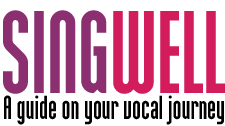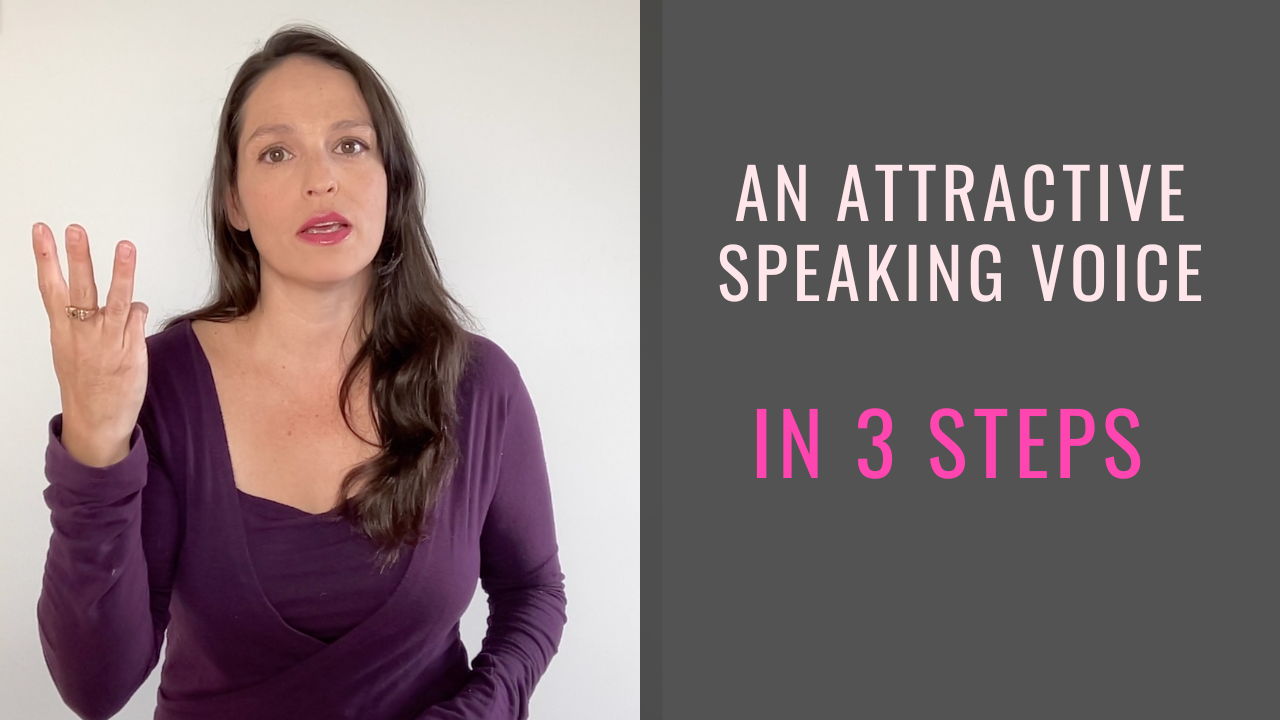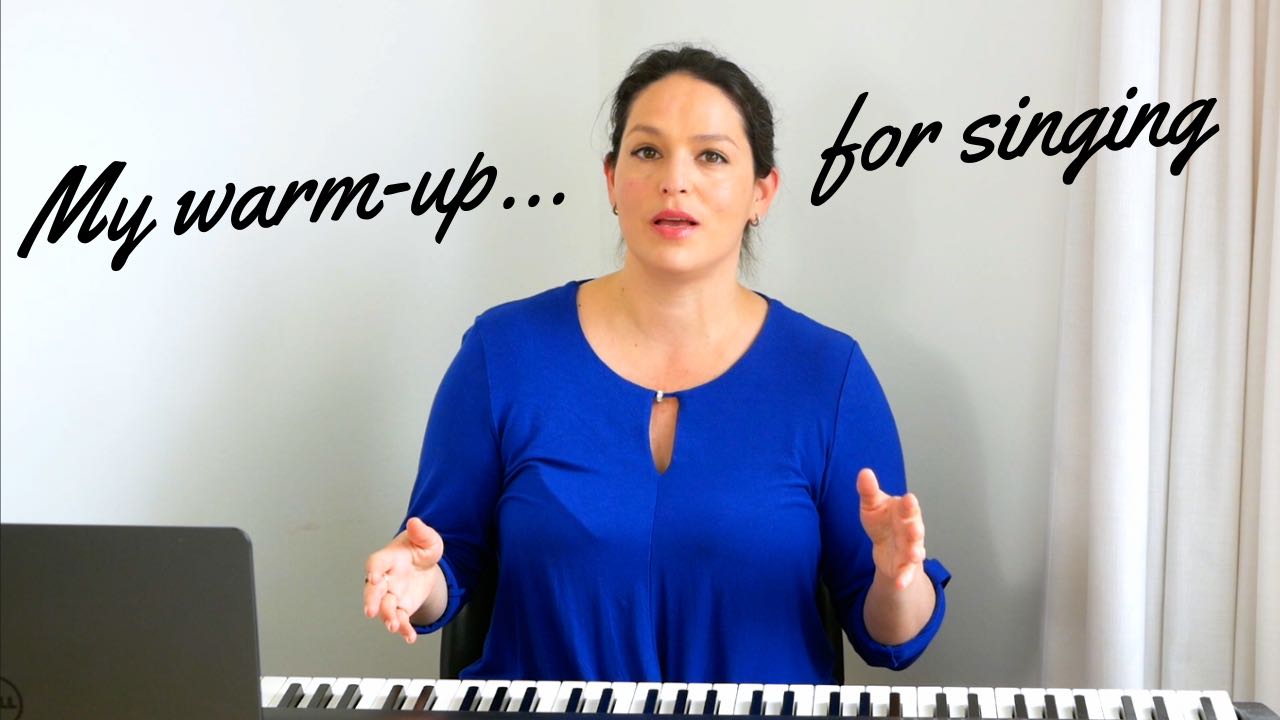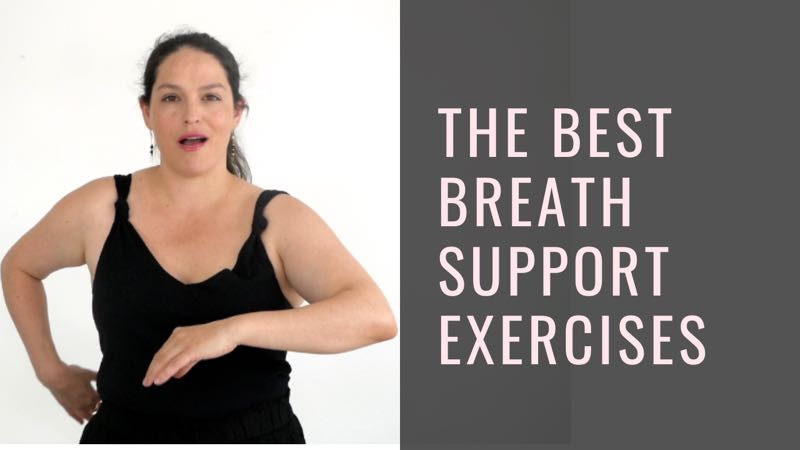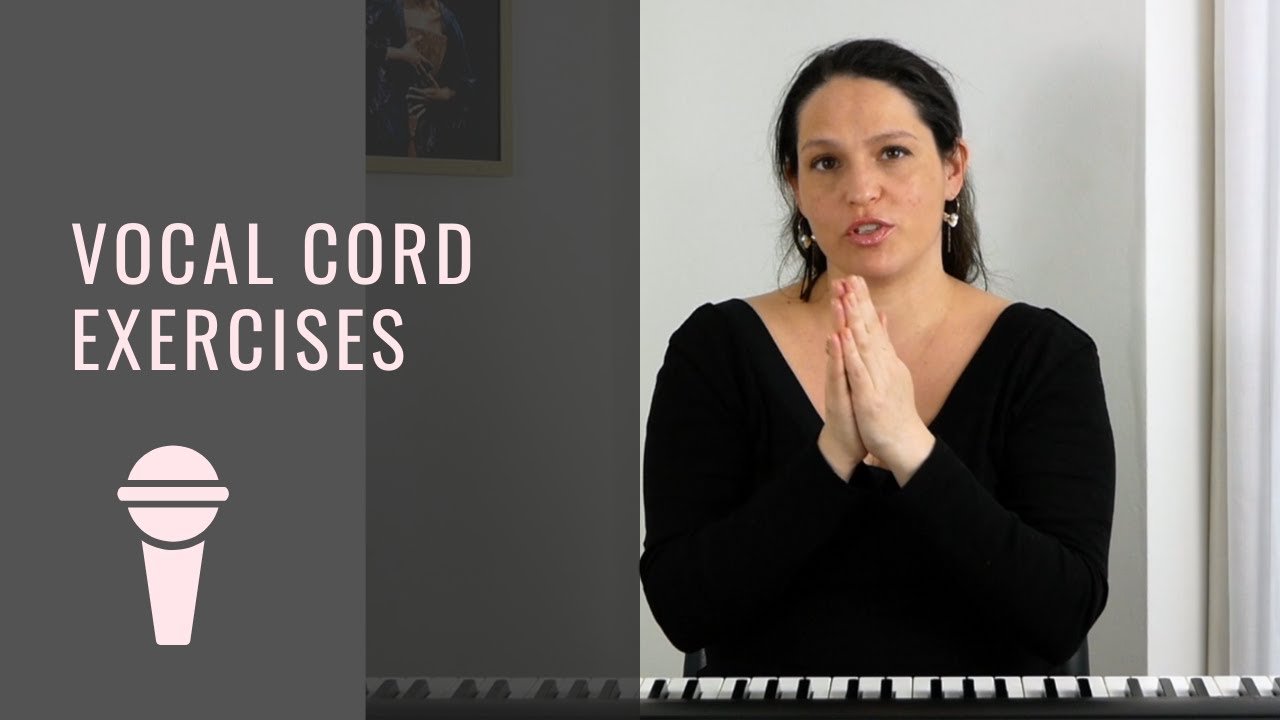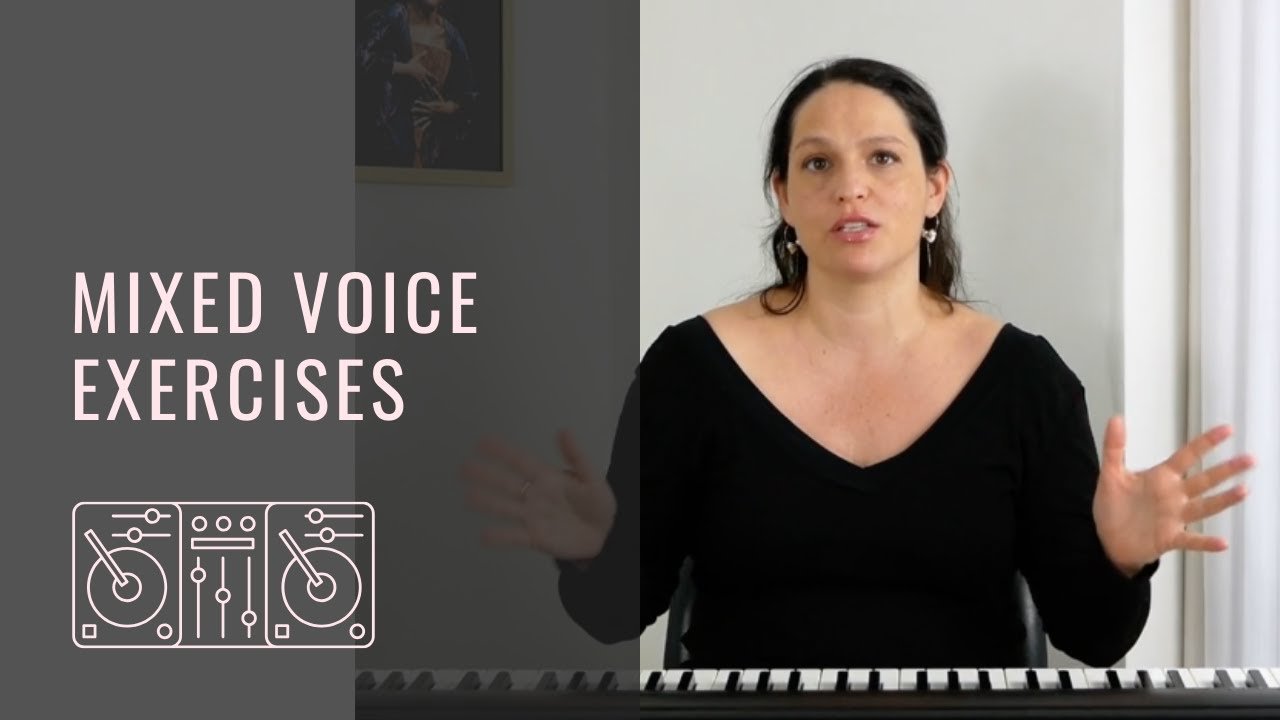One of the most basic and crucial elements of singing is learning how to sing without straining, or what some would call: singing with an open throat. This is also one of the most difficult ones to really "get".
I heard that term - open your throat - for the first time in college. One of the teachers used to say "open your throat!" over an over. But she never really explained HOW to do it.
When I and my friends heard that we freaked the hell out. But how??? This is my throat you are talking about, and you are telling me to open it? I am just a 20-year-old student! I'm not messing around that area! I’m going to lose my voice and ruin it forever - I have no idea what I’m doing!!! AAAHHHHH!!!!
No longer a little mouse...
Maybe you feel it's time to stop shushing your own voice. My weekly 'Belting Mouse' mail shows you how to. It gets you on track with stories and insights from my life as a singer and that of my students.

For 'little mice' who are tired of squeaking and want to start belting...
So even though it's scary, and teachers don't really agree on what this means or how to achieve open throat singing (big surprise), I have attempted to create a guide to singing with an open throat:
This guide has 3 parts to it: the basics of opening your throat; describing the physiology and demonstrating the method on a student; and some more exercises you can play and sing along to.
Align your posture
You should be aware that tension around your throat (from almost anywhere in the body!) can and will transfer into tension around your throat. So the first thing you should do is learn to free up your body as a whole and align your posture. My favorite ways to do that are Alexander technique and Yoga.
The Basics of Open-Throat Singing
This is how to self-examen your throat and make sure it's open, then train to keep it open. This is muscle memory work, so you have to take your time with this. It will be worth it, for the reward is an open throat long term!
You can refer to the video tutorial below the description of the exercises, for demonstrations.
Hug your Larynx - check for freedom
[this is best practiced lying down in active rest (Alexander technique principle, see video or Alexander app]
Gently place their index finger and thumb on either side of the trachea at the base of the neck and trace upwards until they feel a socket-like hole on both sides. The fingers should gently rest there, be super gentle. Inhale and exhale, and see if you feel anything pressing down where your fingers are. If so - that's your tongue.
Try to free up your "sockets" and not feel the tongue on your fingers. My favorite way for that is to point the tip of the tongue down - that releases the jaw and moves the root of the tongue away from your larynx.
Do this daily, a little bit each time. Don't make any sounds at first, and gradually progress to making the "NG" sound while maintaining the same relaxed position.
Sing warm-up exercises
The next stage involves singing simple melodies on various pitches, ensuring the tongue does not push on the larynx (or the sockets where your fingers are). If pressure is felt, return to previous stages and continue practicing.
Italian/Spanish/Israeli vowels
The final part of the exercise focuses on practicing Italian/Spanish/Israeli vowels (i, e, a, o, u).
Continue to maintain proper posture and be mindful of not putting pressure on the larynx.
We are going for elimination extra tension - that means minimalism in vocal production, which ultimately helps in open throat singing. Meaning - the key is: do less. Avoid manufacturing the sound with muscle tension.
Yoga is great for alignment - but have you tried adding some singing??
We have all heard that Yoga is wonderful for the body and for singing, but have you ever tried singing while doing Yoga?
In my short singing&Yoga course you can learn how to use the most popular & beneficial bodywork method to improve your singing immediately - and in the long term.
Quick and lasting results for the price of 1 voice lesson
Open throat singing explained
Pippa, a singing student from Austria, called my show - The SingWell Karaoke show - with the question: What does "open your throat" means, what is happening in the body when you do it and are there exercises for opening the throat while singing.
Bellow you'll find our whole conversation on film, but here is the gist of it:
Having a closed throat is essentially having tension around the throat, which can come from anywhere in the body. To open the throat, we should do 3 main things, in this order:
- maintain proper body alignment
- release extra tension from different parts of the body, which is likely to translate into tension around the throat
- focus on the pharynx, (the tunnel at the back of the nose, mouth, and larynx, which is the main resonator in the vocal instrument, and which I call: the cold spots.
What are the Cold Spots?
We aim for feeling the area of the pharynx, specifically feeling a movement of the air in that area. For some people (including myself) it is a cool sensation. That's why I call it "the cold spots"!
When you feel your cold spots - you have a kinesthetic sense of your throat and your main resonator - so it's easier to use it when you sing and get a freer, fuller, more effortless sound. I love the cold spots.
This can be achieved by pointing the tip of the tongue down (that's a cool trick to release the jaw, and moving the root of the tongue away from the larynx. This helps establish the pharynx.
How do you know if you're doing open throat singing right?
Go for the feeling. I know it sounds wacky, but if you feel the air moving in that space - the space is open, therefore, your throat is open.
You can watch me showing Pippa how to find her "holes" or "sockets" and how she discovers her pharynx - in this video.
I also show her how to go to the higher notes without adding tension: move your hand down when the melody goes up - it's tricking your brain into not thinking upward, and activating the throat muscles.
How to sing with an open throat: exercises
So we learned the long term work you have to do: finding your pharynx, aligning your posture and teaching your tongue to stop pushing.
I'm curious: how long did it take you? to me it took 5 weeks to just work on the tongue...That’s a long time, but hey - now I can do this! So what’s a few weeks from the perspective of eternity of good singing?
And now it's time to learn some singing exercises you can use to practice that new open throat of yours, read the instruction or watch the video for demonstrations:
Exercise 1. Pick-up Skull exercise
Again, first thing's first: you need to align your posture before you go for these vocal exericses. Otherwise, trust me, you will be at an uphill battle.
Place your thumbs under your cheekbones, and other fingers under your skull in the back. Gently give your spine a nice stretch by moving the entire hand upwards.
Don't change the relative hight of the fingers and thumbs to each other, or you will interrupt the alignment of the neck. Watch video for more clarity on how it's done.
Exercise 2. Cold Spot Exercise
Point the tip of your tongue downward (use your imagination, don't apply pressure). Then, inhale and notice the sensation of the air behind your tongue. Once you're comfortable with this sensation, add a humming sound and feel the vibrations in the same place as the air. You can use any warm-up exercise for that.
A little brain trick for you: move your finger from beside your nose to the back of your head, once on the inhalation and again when you sing. Watch video to see how.
Warning:
You can easily hyperventilate with this exercise. So make sure to exhale every 2-3 times you repeat the exercise.
Exercise 3. Bite the Finger Exercise
This will help you feel the cold spots even better, providing more access to your inner resonances.
Place your finger between your teeth without biting down (I know, it's the oposite of the name of this exercise..it's just shorter to call it "bite the finger" than Place your finger between your teeth without biting down").
Inhale through your mouth. Pay attention to the space you create and where the air hits as you inhale.
Next, create an "ooh" sound, inhaling and then saying "ooh" in the same direction as the inhalation. The quicker you transition between the inhalation and the "ooh," the smoother and less strained the sound will be. As you progress, you can add a "w" to the sound, creating a "whoo" or cheerleader-like sound.
Watch video to sing along the tutorial.
Conclusion
Singing with an open throat, if you ask me, is basically singing without extra tension around your throat. that means you need to align and relax your body as a whole, and then go to the throat area and release around it.
This is, again, not an easy task. But it's completely doable, if you follow this article step by step.
Please comment and let me know how it goes, or if you have any questions.
... about removing those vocal issues
Good singing practice is picking your battles. Look, if you’re not experiencing enough progress, it’s not because of a lack of talent or you don't have enough knowledge. It's also not because this is just beyond you. It’s because you're trying to do too many things at the same time..
You need a clear system that will replace ‘That sounded bad, I guess I suck!’ with an objective and motivating system to build on.
Including personal feedback from me on your singing
P.S: I have a monster article about all vocal exercises, chest voice, head voice, vocal cord function, you name it. Enjoy the rabbit hole!
Take your desire to sing seriously: get tools to become a better singer in your inbox
Eye-openers, tips and stories. Also content that I don't publish on my website.
